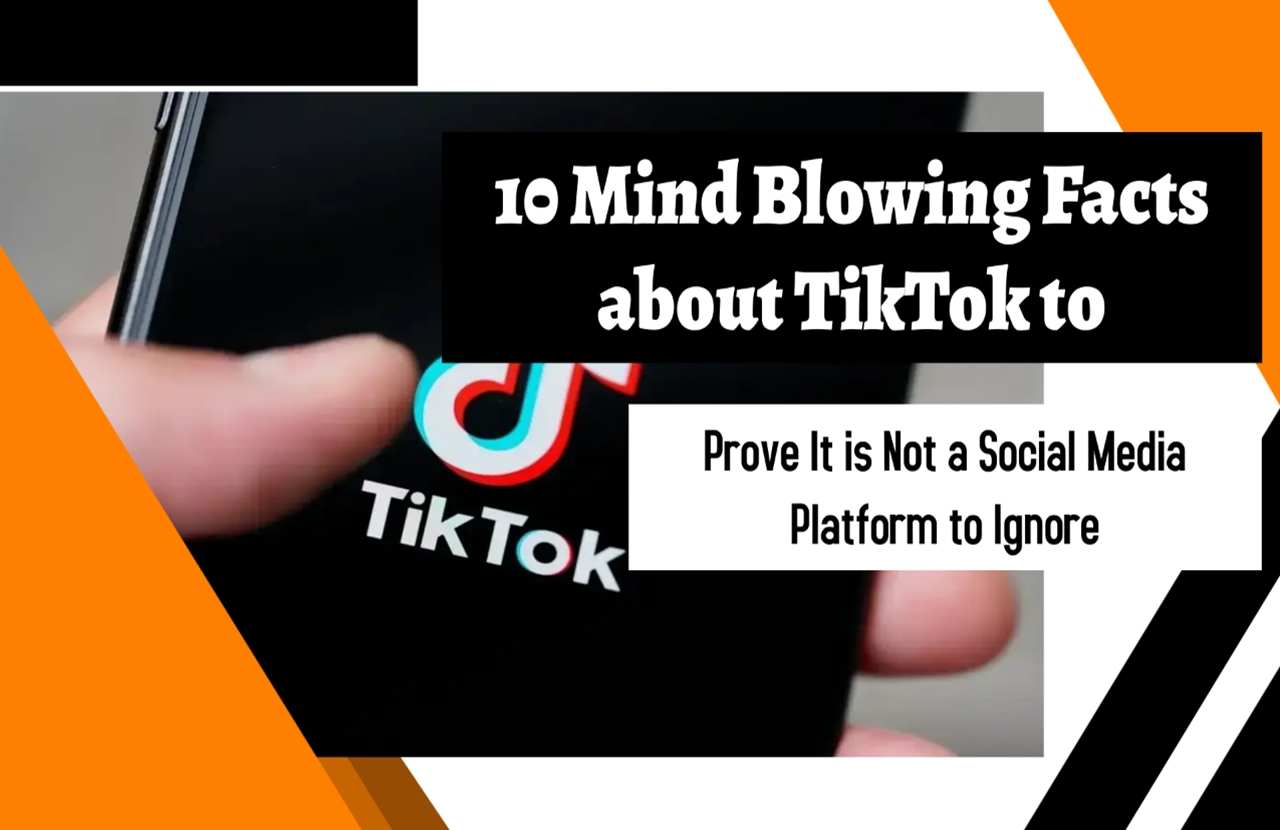How the Ad Auction Works
When search engines determine a query has commercial intent (a user is looking for information about a service or product), an auction takes place as soon as the user submits their query.
A variety of factors explained below will determine:
- An advertiser’s eligibility for the auction.
- The subsequent order in which eligible ads appear on the page.
- How much each advertiser will pay if their ad is clicked.
Your bid: The first factor is how much an advertiser is willing to pay for a click. Advertisers set a maximum bid (called Max CPC) that they’re willing to pay. Bids can be set at the individual keyword level or at the ad group level (a grouping of related keywords).
Your relevance: The search engines aim to show ads that users will actually want to click on. If ads are relevant, users have a bad experience and the engines miss out on revenue from ad clicks. That’s where the second factor of ad relevance comes in.
An ad’s Quality Score is a combination of relevancy factors that we’ll get into below. When an ad is eligible for the auction, the engines perform a calculation:
Max CPC X Quality Score = Ad Rank.
That determines where an ad will show on the page.
What is Quality Score?
Quality Score indicates how relevant the experience will be to users and plays a big role in what position ads appear in the search results and how much an advertiser will pay per click. Advertisers don’t see an ad’s actual Quality Score, but Google does show an external Quality Score of 1 (bad) to 10 (excellent) at the keyword level in AdWords. When Quality Score improves, cost-per-click may (CPC) go down and/or average position improve.
Google looks at three things when calculating Quality Score:
- Expected click-through rate (CTR), which reflects the likelihood a user will click on an ad.
- Ad relevance to the query. The ad copy should clearly relate to what the user is looking for.
Landing page experience. Are the users directed to a page that reflects the intent of the query, and does that page provide a good user experience?
How does Google weigh each Quality Score factor?
Google only recently began exposing the factors of Quality Score to advertisers. After analyzing a large set of Quality Score data exported from the AdWords API, Brad Geddes, founder of AdAlysis, reverse-engineered the formula for the Quality Score surfaces in AdWords accounts. This is still relevant today in understanding where to focus your attention when optimizing your ads and landing pages.
Here’s how the weighting of each quality score factor looked:
- Landing page experience: 39%
- Expected CTR: 39%
- Ad Relevance: 22%
This gives us a blueprint for prioritizing paid search optimization efforts aimed at increasing Quality Scores.
Advertisers should focus first on improving CTRs by testing ad copy and landing page experience (that may mean improving speed, choosing a more relevant page and so on) to improve site engagement and reduce bounce rates. Then focus on ad testing to improve relevance to the query.
In 2017, Google began showing historical Quality Score data in the interface to help advertisers analyze how changes affect their scores.
What is Ad Rank?
Ad Rank = Ad quality score x Max CPC [+ a combination of other factors, including the context of the search such as device and expected impact of ad extensions]
Ad Rank determines the positions in which ads participating in the auction are shown. The better the Ad Rank, the higher the position. The best Ad Rank gets the top ad position.
It takes into account an ad’s Quality Score and the advertiser’s Max CPC, plus the expected click-through rate (CTR) impact of the ad extensions and formats available. Here’s the basic formula:
How is CPC calculated?
Ad Rank has a big impact on the actual cost-per-click (CPC) an advertiser pays when someone clicks on their ads.
It is often misstated that advertisers pay one cent more than the advertiser in the spot below them. In fact, that’s really just one piece of the CPC calculation. CPC is calculated using this formula:
CPC = The Ad Rank of Advertiser Below/Quality Score + $0.01
In AdWords, because pricing is based in part on the Ad Rank of the next competitor, actual CPCs can vary widely.
Here’s an example of what the ad auction looks like in practice:

Fig. 6 – A typical AdWords auction
Ad Rank (Max CPC Bid x Quality Score) determines the position in which an ad is shown. The Ad Rank of the ad below is factored into the actual CPC that an advertiser will pay if someone clicks on their ad.
With the wide adoption of search engines, having an online presence and embarking on search engine marketing (SEM) is critical for businesses to be competitive. Most businesses engage digital marketing agencies to help them with the set up, analysis, implementation, monitoring, management and reporting to ensure while they focus on their business operations.
If you like to explore engaging a digital marketing agency for your organisation? Contact us at +65 64431415 or email us at contact@mustardseedigital.com






Leave a comment: